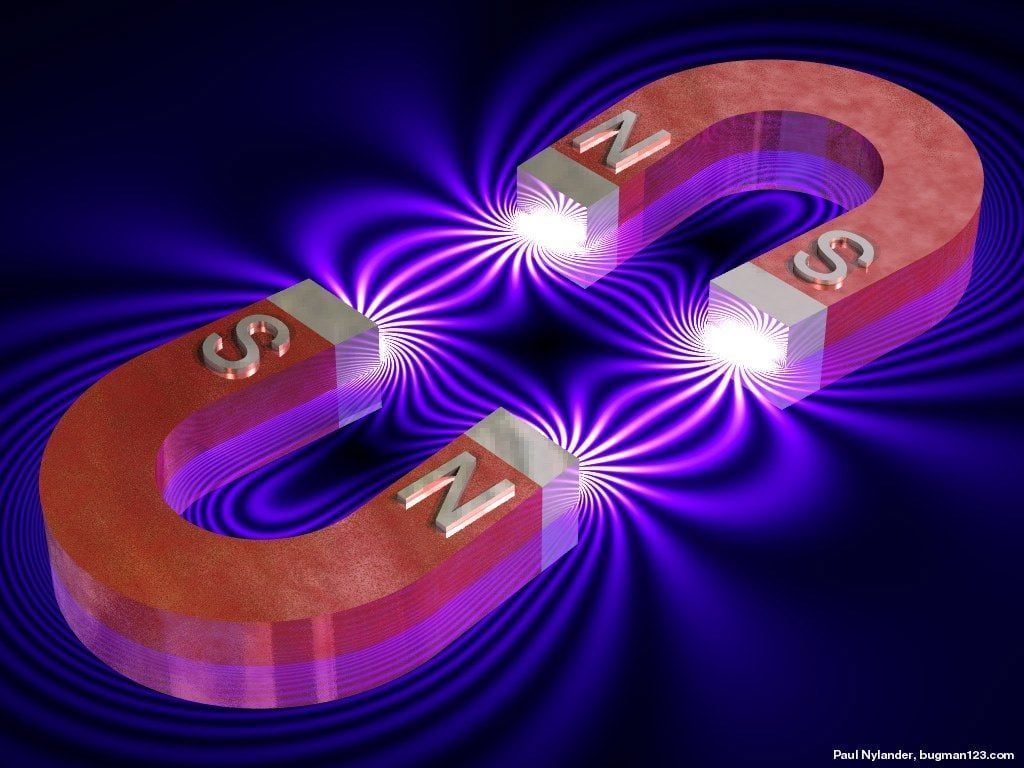Fundamentals for Sustainable Transportation
Finding the next transportation

The fundamental technology in today’s transportation is the same as it was 100 to 200 years ago. The only changes to transportation are technology advances added onto those fundamentals. As an example, a car with an automatic transmission, front wheel drive, 300 hp and retractable headlights was introduced in 1929. In the 1800s, battery operated cars were among the first cars ever built.
There are claims that 80% of modern technology is based on Nikola Tesla technology advances. Most of these modern and somewhat recently implemented advances were discovered by Tesla over 100 years ago.
From history of the past 100 years, there are a few notable genius scientists. They were independent in their ability to think. Many of today’s scientific decisions are politically driven.
There is no defense for a claim which supports unsustainability. All urban growth is based upon an area’s primary source of transportation. To reach sustainability in urban growth, it’s imperative that fundamental transportation alternatives be made available. Understanding this requires efficient energy use for transportation vehicles. To be realistic towards any change that expects anyone from letting go of their car; a modern transportation device has to be more convenient than a car, faster, better looking and more prestigious, less expensive to operate, safer, and lastly; environmentally friendly.
What is sustainable?
Posing the question: ‘what is sustainable’, is a question that can’t be asked.
Even kids have a preconceived conclusion regarding their opinion of what sustainability means to them. It isn’t a question. They already know their answer. It’s a feeling; as something known.
CATTCC is a subsidiary of the Ameliorate Group, a didactics organization. Didactics is a form of teaching by learning through experience. The CATTCC news/blogs are filled with provocative questions. It’s the search for answers in finding a brand-new form of transportation. Deeper questions require thoughtful solutions. Didactics in theoretical physics is to ask unknown questions.
CATTCC’s emphasis is for efficient and sustainable transportation. This comes from several decades of real estate development, mass transit, government procedure, and the new technology transit industry. The quickest solution for sustainable urban growth requires sustainable transportation. Because the foundation to all urban growth is its source of transportation, a brand new form of efficient transportation is mandatory.
The design of urban growth is reliant upon its transportation
To the question: what is sustainable? Nature is the answer: how, is the didactics response. Viktor Schauberger was one of the greatest nature geniuses. He knew about nature. His work is unsurpassed. What is sustainable for transportation? Using centripetal energy.
CATTCC research found that all modern forms of transportation use propulsion energy as their primary function. This pushing motion is centrifugal force that conflicts with nature. By its fundamental action, it is unsustainable.
Walking, riding an animal, sail boats, balloons, and peddling a bicycle are actions which flow with nature. Are these five methods of transportation the only possibility for sustainable transportation?
A vehicle using centripetal motion would also be sustainable.
Trains, streetcars, planes, cars and rockets all use chemical explosions for propulsion. Explosions use centrifugal force, which opposes nature. As the word sustainable specifies an ability to be continuous, the explosive motion of centrifugal force is destructive.
This leads to a question. Is gravity centripetal or centrifugal? Gravity is not a force. Gravity is merely the path of particle motion. Since all matter is in motion, gravity is a function of our dimensional relativity.
Capturing sustainable transportation
What’s needed to have sustainable transportation? Anyone familiar with this CATTCC blog is aware that sustainable transportation has very little to do with changing car motors from gas to electric.
Government planning agencies have assigned their opinions as the arbiters of all urban growth. It’s difficult to observe the operation of bureaucracy without criticism. The consistency in bureaucracy is its steadfast cling to the status-quo in its singular function of enlarging itself. Although scathing criticism is deserved, negative reports and comments fail to eliminate inept procedure of waste, favoritism, and irrelevance. Yet, bureaucratic blunders continue and remain the opposition to independent and creative thought.
Bureaucratic procedure is euphoric to artificial intelligence; there’s nothing there. Government procedure works to replace one problem with a bigger problem.
As much as legislative mandates attempt to provide environmental improvements from the negative impacts of cars, sustainability involves more than the environment. In 1983, the United Nations (UN) convened the World Commission on Environment and Development (WCED), which came to be known as The Brundtland Report. One of the conclusions identified three aspects of urban growth:
- Environmental
- Economic
- Social
All three of these aspects have to be considered in urban planning. The conclusion by observation is that they are constantly ignored by government planning agencies.
Words without action are useless. Any talk, especially politically driven, that mention anything sustainable: without discussing the root cause and solutions are frivolous and worthless conversation.
The only opportunity in reaching sustainability is by changing routine through disruptive action and eradicate the things which cause unsustainability.
Sustainability can only be attained by implementing a brand-new mode of transportation. It has to be more convenient than a car, faster, better looking and more prestigious, less expensive to operate, safer, and lastly; environmentally friendly.



